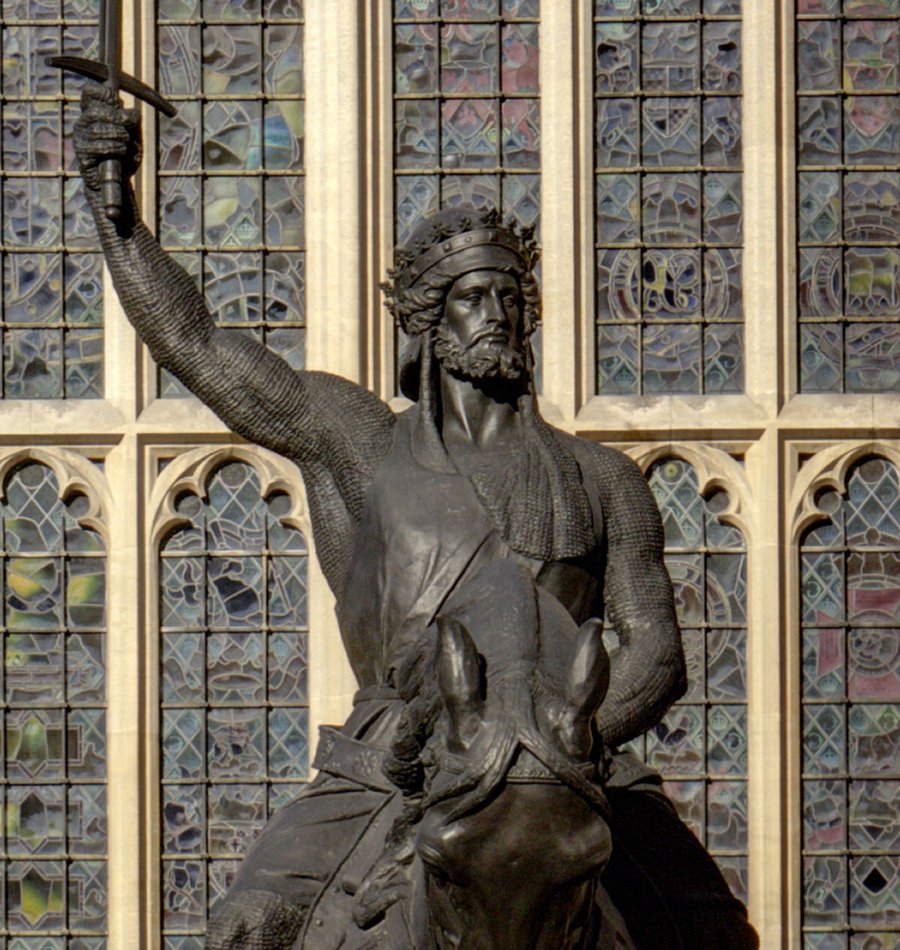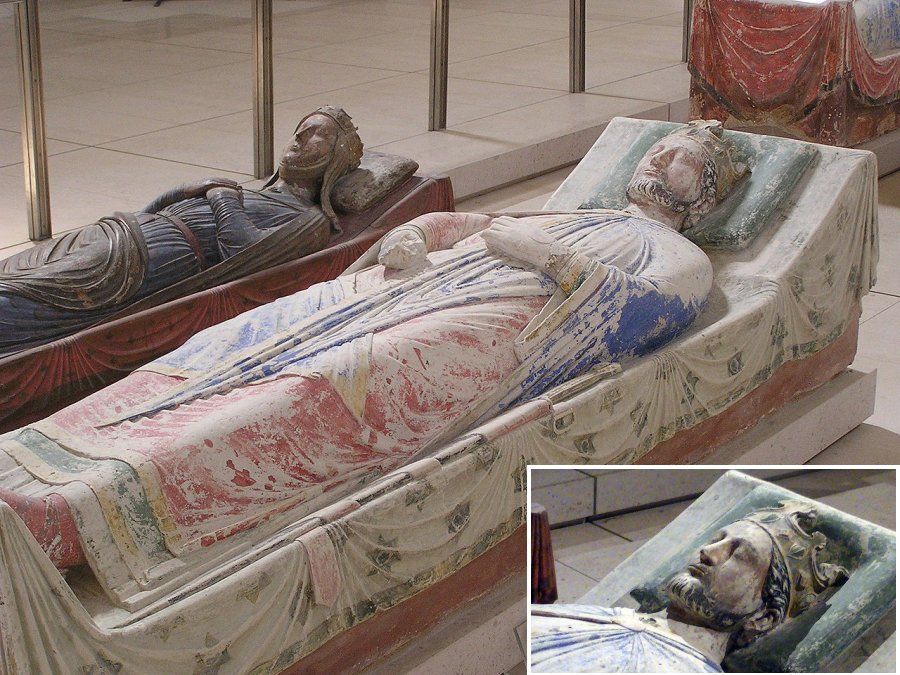Richard The Lionheart: Famous Leader, Warrior And Military Mastermind But Not The Best English King
A. Sutherland - AncientPages.com - Probably the most famous medieval ruler of England - though not the best - was Richard Plantagenet, better known as Richard the Lionheart (“Coeur de Lion”).
Richard has always been portrayed as England’s hero-king, but during his 10-year reign, he spent only six months in England, a mighty but disorganized empire (England and English property in France).
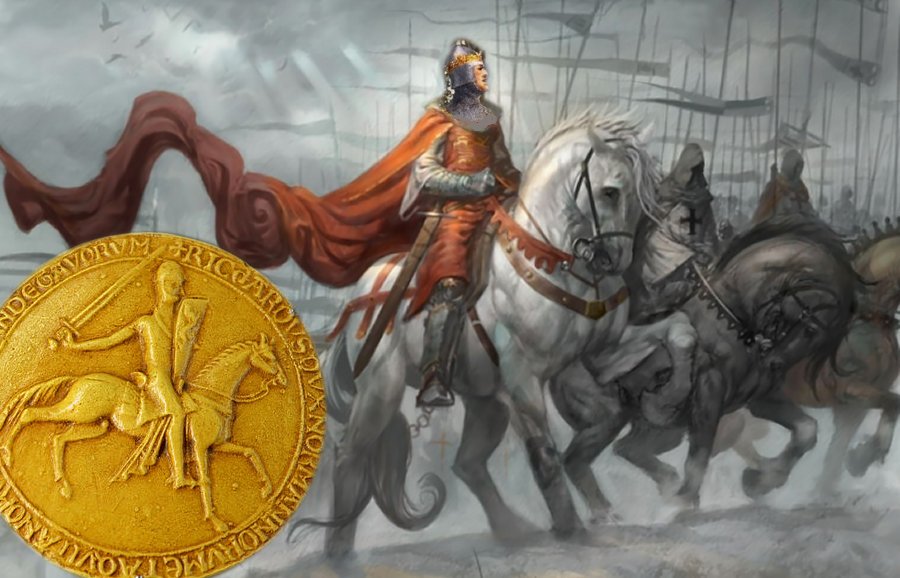 Richard I, titled Coeur de Lion, (or Lionheart), ascended the British throne, in alliance with King Philip II of France.
Richard I, titled Coeur de Lion, (or Lionheart), ascended the British throne, in alliance with King Philip II of France.
He did not speak English and he was not interested to rule England. He wanted to win the knight’s fame either through rebellion against his own father or participating in a crusade to the Holy Land.
‘I would have sold London itself if I could have found a rich enough buyer,’ he said.
He gained a reputation as a great military leader and warrior; his main ambition was to join the Third Crusade, prompted by Saladin's capture of Jerusalem in 1187. When Richard took the throne it was shortly after Saladin’s capture of Jerusalem in 1187, and preparations were being made for the Third Crusade.
Richard was the son of the mighty King Henry II and the Eleanor of Aquitaine, one of the few women of the Middle Ages who decidedly influenced the fate of the states. The young Richard was brought up in an atmosphere of accusations and grievances between his parents. He also experienced a difficult political situation when the mighty English and French barons were dissatisfied with the strong rule of Plantagenet.
Statue of Richard I, Westminster - front view. Image credit: Prioryman - CC BY-SA 4.0
The family situation changed radically on July 6, 1189; sick and abandoned by all, Richard’s father, Henry II, died.
Richard I, titled Coeur de Lion, (or Lionheart), ascended the British throne, in alliance with King Philip II of France. However, he did not intend to keep up with previous arrangements and refused to pay homage to the British property on the continent. All relations were broken, and a war was imminent. The only help could come from Pope and so it happened. Both monarchs had to conclude an agreement as soon as possible and embark on a crusade.
The Muslims had just taken over Jerusalem.
As soon as Richard had raised an army, he headed for the Holy Land, leaving England in the hands of his mother, Eleanor. In 1190, he departed for the Holy Land to establish bases for crusades in Sicily in 1190 and Cyprus, which he took in 1191.
On 8 June 1191, after landing in Palestine with his ally Philip II of France, he joined the siege of Acre, located in what is now, Akko in Israel.
King Henry II, King Richard the Lionheart and Queen Eleanor of Aquitaine, in Fontevraux Abbey near Chinon, in Anjou, France. (Photographed July 2003) Richard died at Le Château de Châlus Chabrol in Châlus of a crossbow wound. His entrails were buried at the château while his heart was taken to Rouen and the rest of the body to Fontevraud. Image credit: Maksim - Public Domain
Although the conflict had been in progress for two years, Richard moved quickly and he managed to defeat the Muslim defenders within six weeks. When Richard reached Acre, the siege had been going on there for two years. However, the king had not traveled so long-distance for nothing.
He had a plan to quickly overpower Acre, an ancient city dating back thousands of years. This brave and skilled warrior had also the physique of a warrior. At six foot four, Richard towered over others; he was like a giant among ordinary men. The muscles of his strong arms, chest, and back were well developed because he had long practice with the sword and spear.
The arrival of the English king, the legendary Lionheart, with no doubt greatly strengthened
the camp of the besiegers.
In total, during the Third Crusade that lasted from 1191 to 1192, Richard The Lionheart won victories at Cyprus, Acre, and Arsuf (against Saladin), but failed to recover Jerusalem, though he came close to the city.
While returning to the land, the great warrior was captured by the Duke of Austria, who handed him over to the emperor Henry VI. He was held prisoner and later released after a large ransom was paid. Eventually, Richard had to abandon his ambition of taking Jerusalem. In September 1192, Saladin agreed to a three-year truce, which left Acre and a thin coastal strip in the hands of the crusaders.
Richard returned briefly to England, and then he again became engaged in warfare in France. In 1199, while besieging the castle at Châlus, France, Richard was hit in the shoulder by an arrow from a crossbow. Gangrene set in and he died on 6 April, aged 42.
Richard's heart was buried at Rouen in Normandy, France, his entrails in Châlus, where he died, and the rest of his body was buried at the feet of his father at Fontevraud Abbey in Anjou. He left no heir.
Until today, the castle’s fame is associated with the death of King Richard the Lionheart.
Written by – A. Sutherland AncientPages.com Staff Writer
Copyright © AncientPages.com All rights reserved. This material may not be published, broadcast, rewritten or redistributed in whole or part without the express written permission of AncientPages.com
Expand for references
References:
Cawthorne, N. Kings and Queens of England
S. Kay Penman, Lionheart
J. Reston Jr. Warriors of God
More From Ancient Pages
-
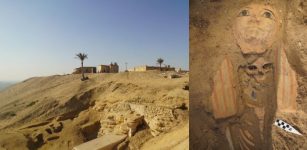 Ancient Egyptian Tombs With Stunning Trove Of Artifacts And Human Remains Unearthed In Saqqara
Archaeology | Jan 17, 2024
Ancient Egyptian Tombs With Stunning Trove Of Artifacts And Human Remains Unearthed In Saqqara
Archaeology | Jan 17, 2024 -
 Unique Statue Of Warrior Wearing A Phrygian Cap Accidently Discovered By Dutch Fishermen
Archaeology | Aug 2, 2022
Unique Statue Of Warrior Wearing A Phrygian Cap Accidently Discovered By Dutch Fishermen
Archaeology | Aug 2, 2022 -
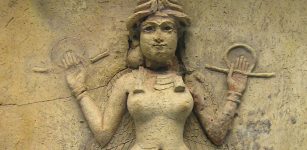 In Ancient Mesopotamia, Sex Among The Gods Shook Heaven And Earth
Featured Stories | Oct 8, 2022
In Ancient Mesopotamia, Sex Among The Gods Shook Heaven And Earth
Featured Stories | Oct 8, 2022 -
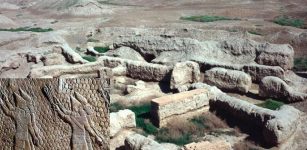 Lost Kingdom Of Mari – Once Important Commercial And Political Center Of Mesopotamia
Featured Stories | Jan 25, 2018
Lost Kingdom Of Mari – Once Important Commercial And Political Center Of Mesopotamia
Featured Stories | Jan 25, 2018 -
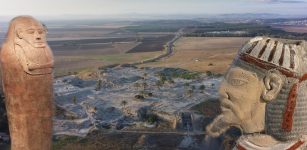 Ancient Mystery Of The Biblical Canaanites – New DNA Insight
Archaeology | May 28, 2020
Ancient Mystery Of The Biblical Canaanites – New DNA Insight
Archaeology | May 28, 2020 -
 How Sæmundur The Wise Tricked The Devil Three Times
Featured Stories | Jun 8, 2020
How Sæmundur The Wise Tricked The Devil Three Times
Featured Stories | Jun 8, 2020 -
 Orthodox Church In Black Sea Region Looted By Treasure Hunters
Archaeology | Feb 24, 2021
Orthodox Church In Black Sea Region Looted By Treasure Hunters
Archaeology | Feb 24, 2021 -
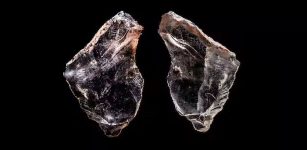 65,000-Year-Old ‘Stone Swiss Army Knives’ Show Early Humans Had Long-Distance Social Networks
Archaeology | Oct 22, 2022
65,000-Year-Old ‘Stone Swiss Army Knives’ Show Early Humans Had Long-Distance Social Networks
Archaeology | Oct 22, 2022 -
 Aboriginal Legends Tell Millennia-Old Stories Of Events In The Sky
Myths & Legends | Mar 6, 2015
Aboriginal Legends Tell Millennia-Old Stories Of Events In The Sky
Myths & Legends | Mar 6, 2015 -
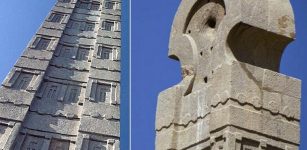 Axum: Mysterious Megalithic Towering Obelisks In Ethiopia
Civilizations | Aug 21, 2018
Axum: Mysterious Megalithic Towering Obelisks In Ethiopia
Civilizations | Aug 21, 2018 -
 On This Day In History: Unbelievable Flight Took Place – On Apr 28, 1939
News | Apr 28, 2016
On This Day In History: Unbelievable Flight Took Place – On Apr 28, 1939
News | Apr 28, 2016 -
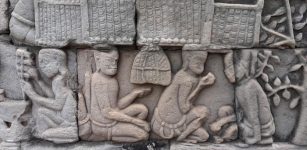 What Can The Fate Of Ancient Cities Teach Us About Surviving Climate Change
Archaeology | Oct 1, 2021
What Can The Fate Of Ancient Cities Teach Us About Surviving Climate Change
Archaeology | Oct 1, 2021 -
 Rare Find Provides New Insight Into Etruscan Life Under Rome
Archaeology | Sep 3, 2022
Rare Find Provides New Insight Into Etruscan Life Under Rome
Archaeology | Sep 3, 2022 -
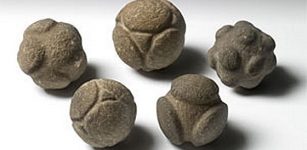 Prehistoric Artifacts Out Of Nowhere -Their Origin And Purpose Are Totally Unknown
Artifacts | Jun 23, 2012
Prehistoric Artifacts Out Of Nowhere -Their Origin And Purpose Are Totally Unknown
Artifacts | Jun 23, 2012 -
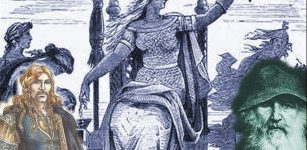 Frigg: Chief Norse Goddess Who Knew Secrets Of Humans’ Fates
Featured Stories | Dec 13, 2022
Frigg: Chief Norse Goddess Who Knew Secrets Of Humans’ Fates
Featured Stories | Dec 13, 2022 -
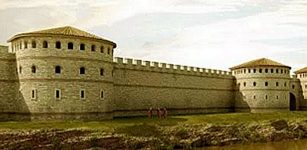 Huge Ancient Roman Kovachevsko Kale Fortress And Discovery Of A Horreum In Bulgaria
Civilizations | Dec 15, 2015
Huge Ancient Roman Kovachevsko Kale Fortress And Discovery Of A Horreum In Bulgaria
Civilizations | Dec 15, 2015 -
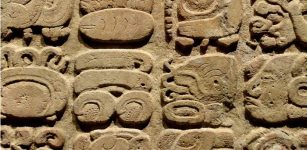 On This Day In History: Spanish Priest Diego de Landa Burned The Sacred Books Of Maya – On July 12, 1562
News | Jul 12, 2016
On This Day In History: Spanish Priest Diego de Landa Burned The Sacred Books Of Maya – On July 12, 1562
News | Jul 12, 2016 -
 Beautiful Legend Of Maneki-neko – The Japanese Good Luck Charm Cat Raising A Paw
Featured Stories | Oct 10, 2021
Beautiful Legend Of Maneki-neko – The Japanese Good Luck Charm Cat Raising A Paw
Featured Stories | Oct 10, 2021 -
 Skull Of Mysterious, Extinct Cousin Of Neanderthals Recreated From A Fossilized Finger
Archaeology | Sep 19, 2019
Skull Of Mysterious, Extinct Cousin Of Neanderthals Recreated From A Fossilized Finger
Archaeology | Sep 19, 2019 -
 Göbeklitepe-Like Kahin Tepe Is Oldest Worship Place In Black Sea Region – Interesting Finding
Archaeology | Sep 30, 2020
Göbeklitepe-Like Kahin Tepe Is Oldest Worship Place In Black Sea Region – Interesting Finding
Archaeology | Sep 30, 2020

